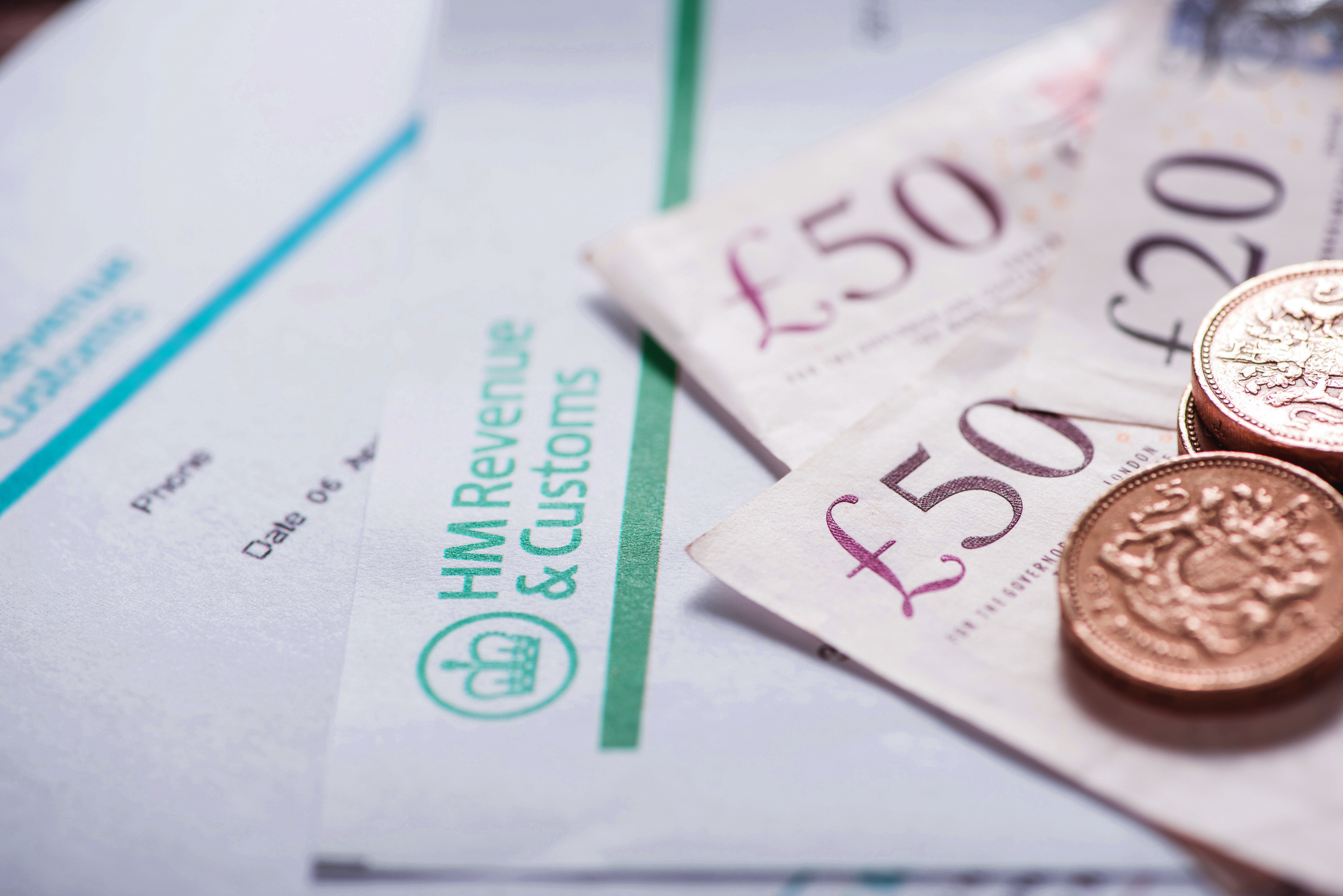
The National Crime Agency estimates that over £100 billion of laundered money passes through the UK economy every year. But how does money laundering actually work?
Typically, the process unfolds in three distinct stages: placement, layering and integration. Some authorities add a fourth stage and we’ll come back to this later.
Each stage plays a crucial role in the transformation of illicit funds into seemingly lawful assets. The complexity of the process can vary widely depending on the criminal enterprise involved, but these three stages are a common thread in most schemes.
-
Placement: Introducing Dirty Money into the System
This involves introducing criminal proceeds into the financial system. At this point, the money is still “dirty” and directly linked to criminal activity such as drug trafficking, fraud or corruption. This makes it risky for criminals to hold onto or use the money in its raw form, so their first objective is to get it into circulation without raising suspicion.
This stage uses several methods, including depositing small amounts of cash into bank accounts to avoid detection – a tactic known as ‘smurfing’ – or using cash to buy high-value items like jewellery, cars or art, which can later be sold. Another approach might involve using businesses that deal heavily in cash, such as restaurants or casinos, to commingle illicit funds with legitimate income.
Banks and financial institutions are generally on the lookout for signs of placement. Large or frequent cash deposits, especially by customers with no clear need for cash transactions, can ring alarm bells. Anti-money laundering (AML) measures, such as customer due diligence and suspicious activity reporting, play a key role at this stage of the process.
-
Layering: Obscuring the Trail
Once the money has entered the financial system, the second stage begins, known as layering. The intention is to obscure the origins of the funds and break any direct link to the criminal activity. This is done by moving the money through a series of complex financial transactions, often involving multiple banks, accounts and countries.
This can include transferring funds between different accounts, converting cash into financial instruments like bonds or shares, or investing in shell companies and trusts. Often, the transactions are structured in a way that makes them difficult to trace, especially if the financial systems of countries with weaker regulations are involved.
Technology plays a significant role in layering. The use of cryptocurrencies, online banking and offshore accounts can make tracing the flow of funds a challenge. In some cases, criminals take advantage of jurisdictions with strict bank secrecy laws or lax regulatory frameworks to move their money with no – or reduced – scrutiny.
Increasing the number of layers can create confusion and distance between the crime and the cash, making it harder for investigators to follow the trail.
-
Integration: Bringing the Money Back
The final stage of money laundering is integration, where the laundered money is reintroduced into the legitimate economy, appearing clean and ready for use without drawing attention. The funds have passed through so many transactions and accounts that tracing them back to their criminal origins is extremely difficult.
Integration can take many forms. Criminals might invest in property, businesses or financial assets, or use the money to fund a lavish lifestyle, buying homes, luxury cars or expensive holidays. Alternatively, they might start or acquire a business as a front to further conceal the source of their wealth.
By now, the money often appears completely legitimate. For example, a criminal might use laundered funds to invest in a property development, then sell the units for profit. To the outside world, it appears to be a successful business venture, not the end result of an elaborate laundering scheme.
Why It Matters
Money laundering isn’t just a financial matter – it has wide-reaching implications, fuelling organised crime and terrorism, undermining trust in institutions and destabilising vulnerable economies. Robust AML frameworks, international cooperation and public awareness are key in the fight against it.
What about the four stage model?
The three-stage model of money laundering, as outlined above, is used by most authorities, including the Financial Action Task Force (FATF) and the UK’s National Crime Agency (NCA)
However, some analysts and academic sources do refer to a four-stage model, where an additional first step is added:
Predicate Crime or Generation of Illicit Funds
This refers to the criminal activity that generates the illegal proceeds in the first place — for example, drug trafficking, fraud, bribery or tax evasion. It’s not technically money laundering, but it sets the stage for it.
This four-stage model is useful in some contexts, particularly when explaining the wider context of financial crime, but in general, only the three outlined above are typically referred to as the laundering process itself, since anti-money laundering (AML) laws and regulations are concerned with what happens after the illegal funds are generated.
How can we help?
Businesses covered by the Money Laundering Regulations must meet certain day-to-day responsibilities, including carrying out ‘customer due diligence’ measures to check and confirm the identity of their customers and carrying out risk assessments on their operations.
They also have to implement internal controls and monitoring systems, the nature of which will depend on how big the business is, how complex, the number of customers and the number and type of products and services provided.
The regulations and requirements are complex and you may feel that you need professional guidance. Why not speak to our Business Crime and Regulatory team for advice on how you can make sure your business is as safe as it can be, and what steps you can take to achieve that.